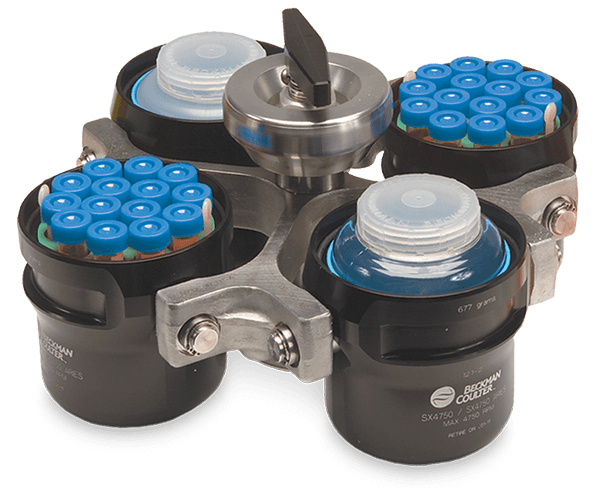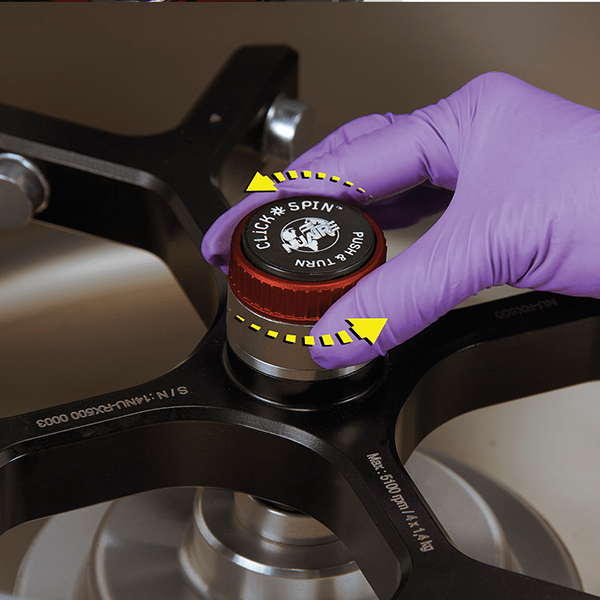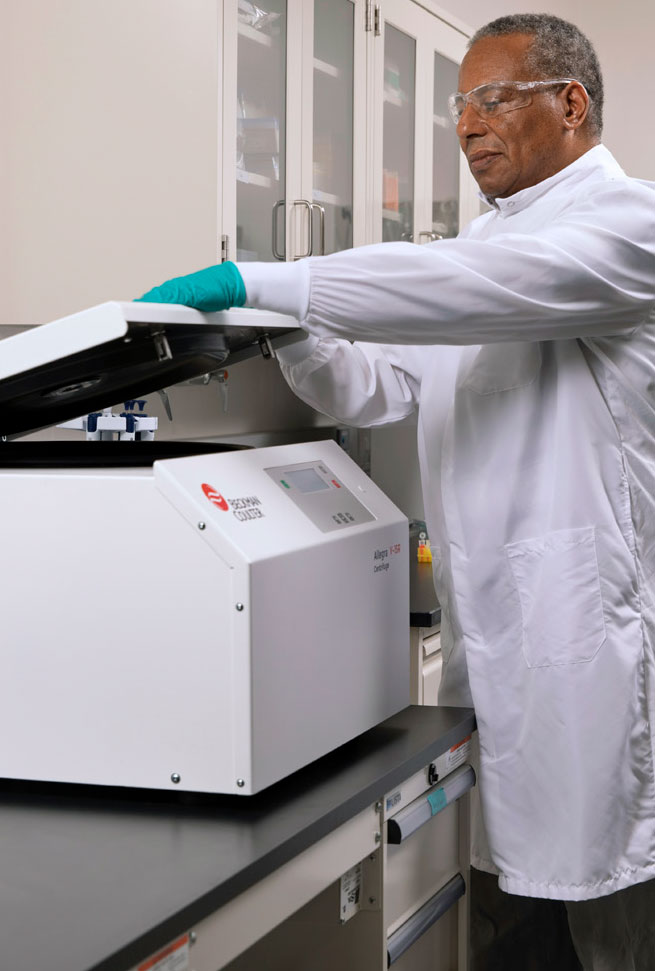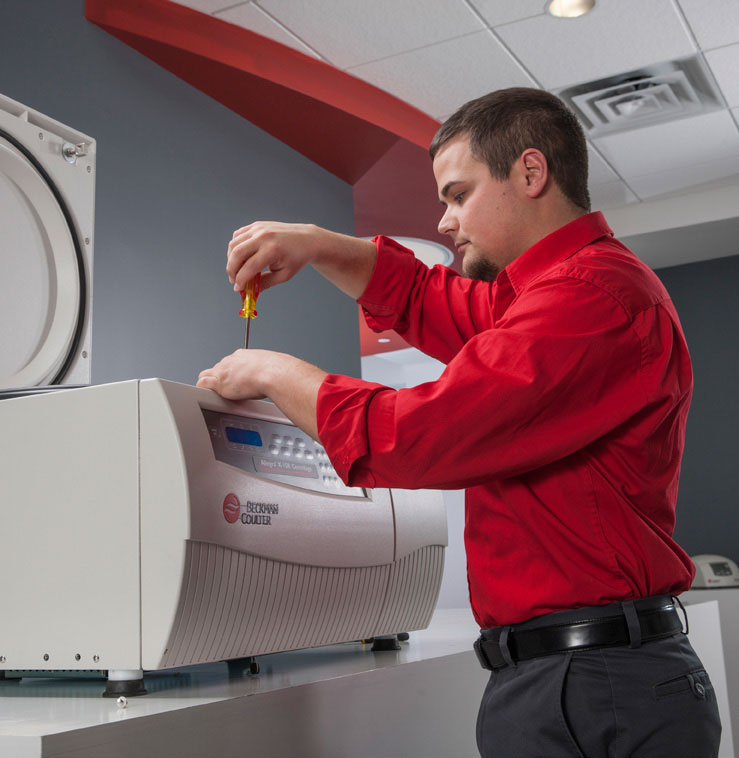Centrifuges are an essential tool in nearly all laboratories and centrifuge technology has advanced significantly over the years to provide better functionality. Keeping your centrifuge running to its maximum performance for the duration of its life requires proper usage and care on a daily basis. Here are a few things to keep in mind when trying to maximize the life and performance of your centrifuge.
Increase Centrifuge Performance by Checking the Rotor Lock
Checking the rotor lock to verify that it is secure and locked properly should be done daily. Previously, rotors were manually placed on the drive shaft, tightened with hand tools and then you would need to lift the rotor upwards to test that it was set. Modern designs for most centrifuges these days feature an automatic locking rotor that locks the rotor in place when set. It is recommended that you gently lift the rotor to make sure the auto lock is working properly.
Loading Your Centrifuge With the Proper Equipment for Maximum Performance

The proper loading of your centrifuge is also crucial to making sure you get the performance out of it. Selecting the appropriate buckets, rotor, and inserts as well as balancing the load within the centrifuge helps with this. If you are using a swinging bucket rotor, place all four buckets in the rotor. Do not just use the amount you need at the moment. Make sure lids are locked into place or properly sealed. Proper loading would also include making sure you are using the correct adapters with the correct tubes.
If you are needing to spin 50 ml tubes with round bases you will need an adapter. The adapter should be made specifically for 50ml round bottomed tubes. Using an adapter that is not intended for 50ml conical shaped tubes will not be supported properly. This could possibly lead to tube breakage, sample leakage, or possibly damage to the centrifuge itself. You should also verify that the tubes you are using are rated to the maximum speed (RPMs) for your centrifuge. Tubes rated for lower RPM’s should not be used in centrifuges that are rated higher. The manual that comes with your centrifuge should always be consulted first. The manual will show you the correct fill height for tubes and the correct way to load so that the centrifuge is balanced.
Cleaning Your Centrifuge
Routinely cleaning your centrifuge and routine maintenance are additional ways to make sure you optimize your centrifuges life potential. The centrifuge bowl and any accessories used should periodically be sanitized, using 70% isopropyl alcohol is recommended. It is not recommended that you use any sort of harsh bleaches. While cleaning the bowl it is also recommended that you clean the rotor, buckets, and any inserts. Removing the rotor at the end of the day and placing it to dry is good practice. After cleaning it is highly suggested to let the centrifuge thoroughly dry out by leaving the lid open. You should also apply a small amount of silicon-based grease to the rotor trunnions after each cleaning, this will allow the buckets to swing properly without causing metal to metal friction when in use.
Inspection
Finally inspecting all parts and seals on the centrifuge regularly for signs of cracks and wear & tear along with the other items stated above can have your centrifuge lasting for many years to come. Replacing parts that are showing signs of weakening or cracks is imperative to making sure your samples are spun correctly and your results accurate.






